Nodding wild onion
Mar 21, 2019 21:01:29 #
Here is the cycle from buds to seed for the native North American plant, Nodding wild onion - Allium cernuum - from the Liliaceae family. It is widespread in North America, but scattered.
An interesting historical fact is that the city of Chicago gets its name from the Algonquin Indian name for this plant, chigagou. The massive recently released book Flora of the Chicago Region features a picture of a dense stand of Nodding wild onion stretching to the horizon! The location is not revealed, but the photo is fairly recent.
I wonder if this observer was seeing Nodding wild onion, that at one time occurred in massive stands in the Chicago area:
“The country about Chicago, for the distance of twelve miles from the lake, is mostly a low prairie covered with grass and beautiful flowers. Southwest from the town there is not one tree to be seen; the horizon rests upon the prairie. North, on the lake, is sandy hills and barren. Between there and the north branch is a swampy, marshy place, and there is a marshy place on the south branch. The town stands on the highest part of the prairie, and in the wet part of the season the water is so deep that it is necessary to wade from the town for some miles to gain the dry prairie. Notwithstanding the water standing on the prairie and the low, marshy places, and the dead-looking river, it is considered a healthy place. It has almost a continual lake breeze, which will explain in a measure the healthiness of the place. And another reason is the cleansing of the river water by the winds driving the pure lake water into and then running out again.”
- Colbee C. Benton, 1833
According to the Lady Bird Johnson Wildflower Center: "One of the rarer Carolinian species because of its restricted habitat. It is principally found on Lake Erie islands, the southern most land in Canada." OK...that is interesting. "Carolinian" means the North American hardwood forest zone, although that term is almost exclusively used in Canada.
Nodding wild onion at the USDA website:
https://plants.usda.gov/core/profile?symbol=ALCE2
Nodding wild onion at the Lady Bird Johnson Wildflower Center website:
https://www.wildflower.org/plants/result.php?id_plant=ALCE2
Mike
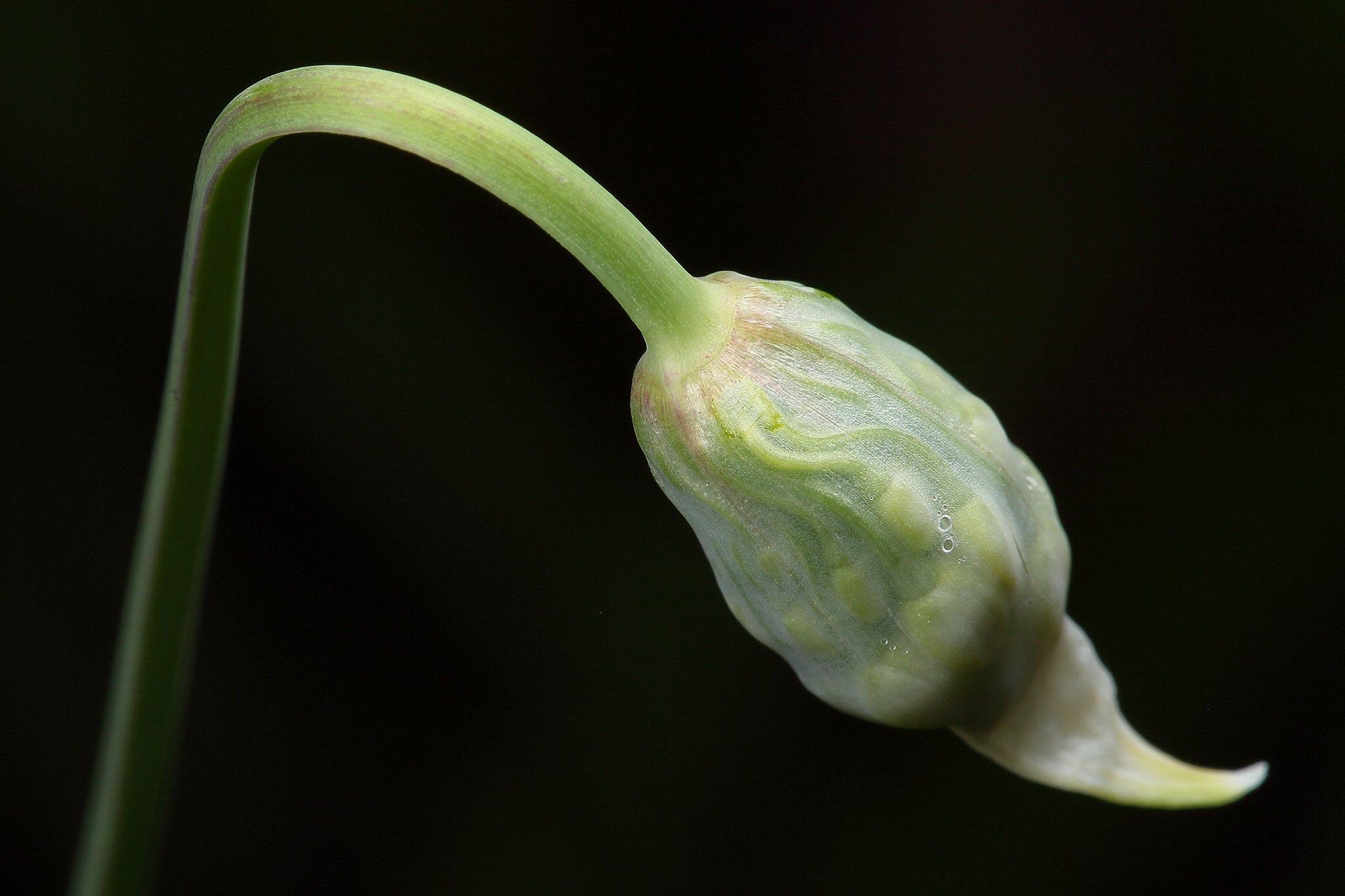
Nodding wild onion I on Flickr
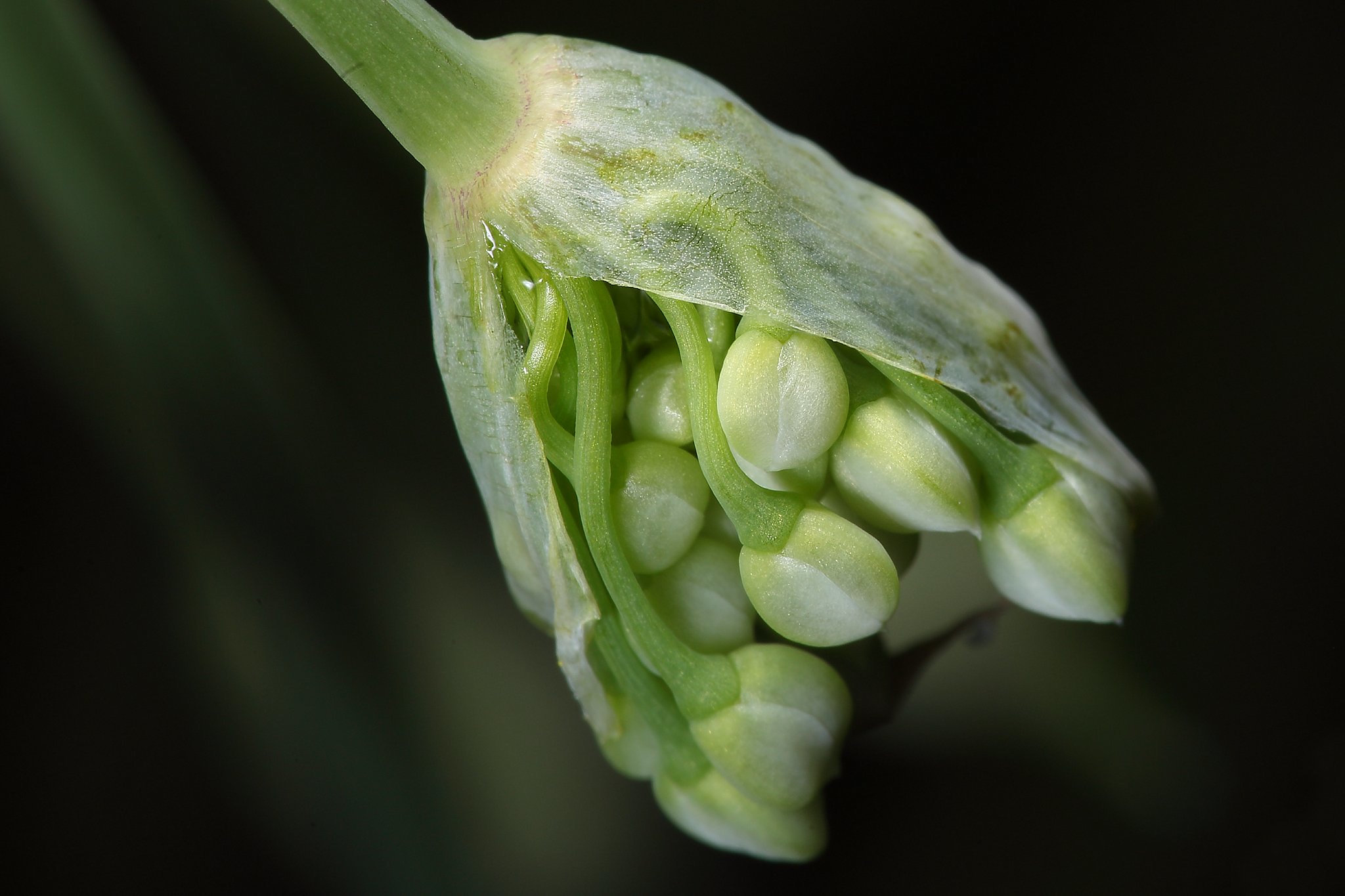
Nodding wild onion II on Flickr
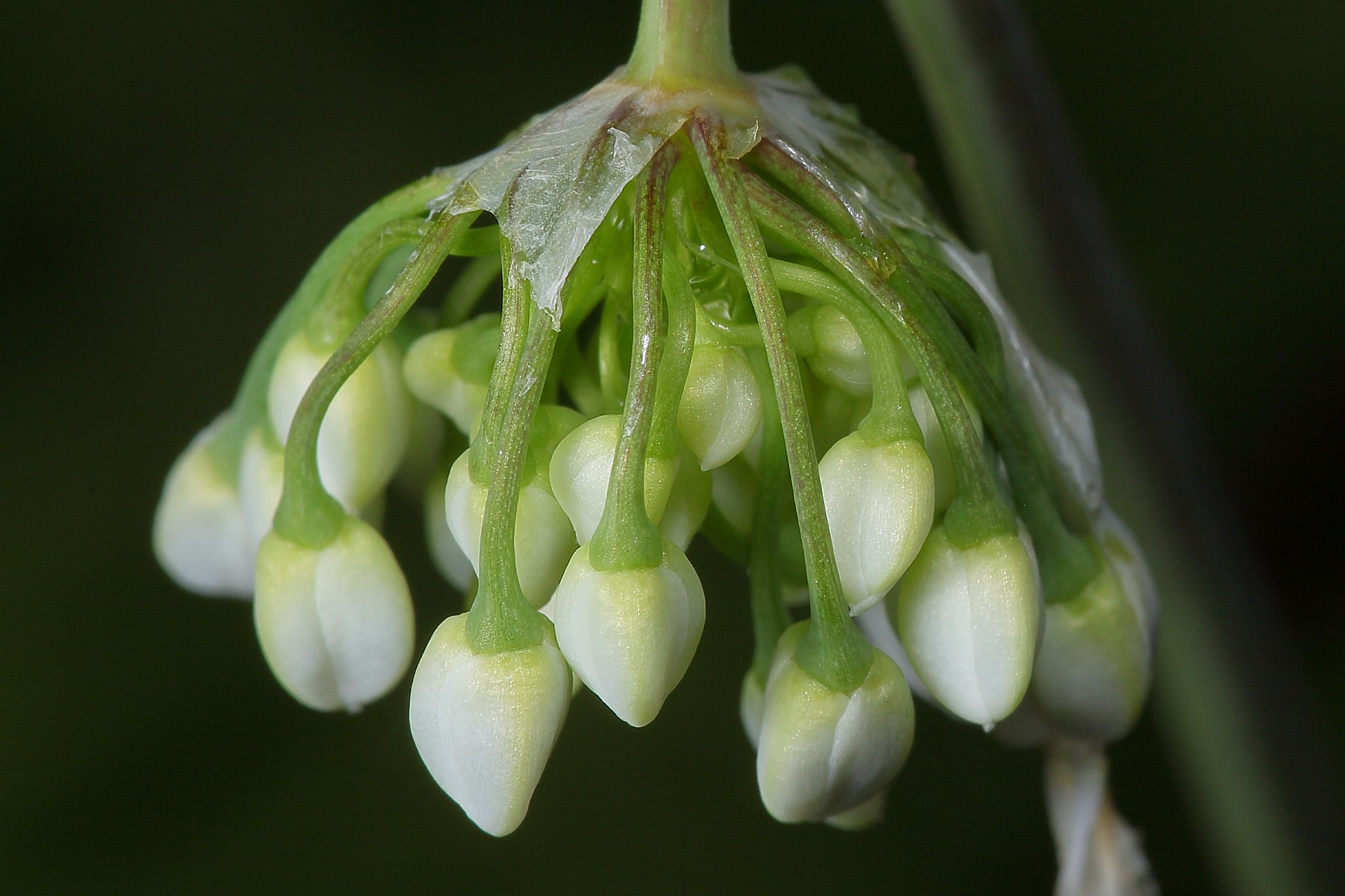
Nodding wild onion III
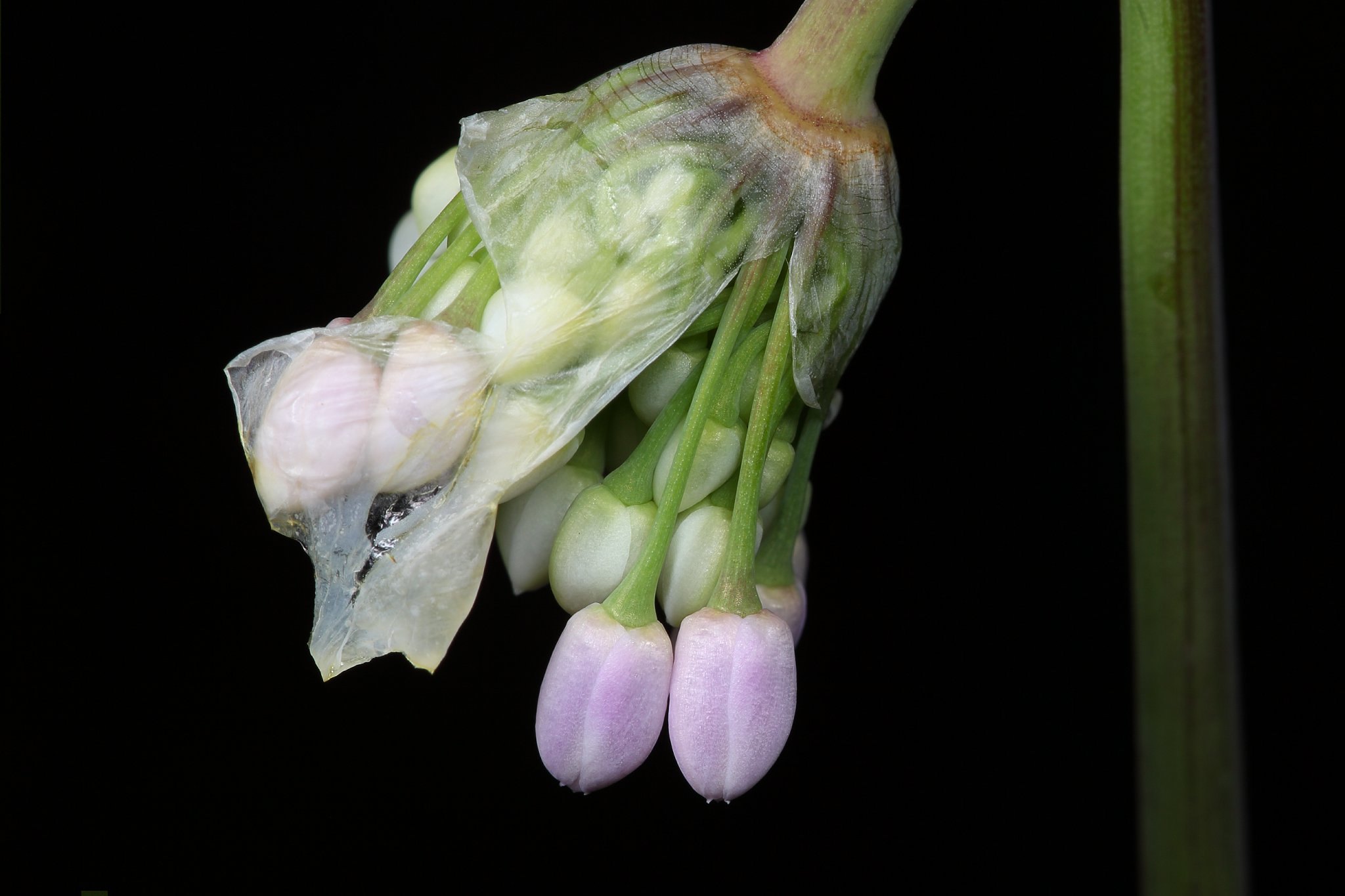
Nodding wild onion IV on Flickr
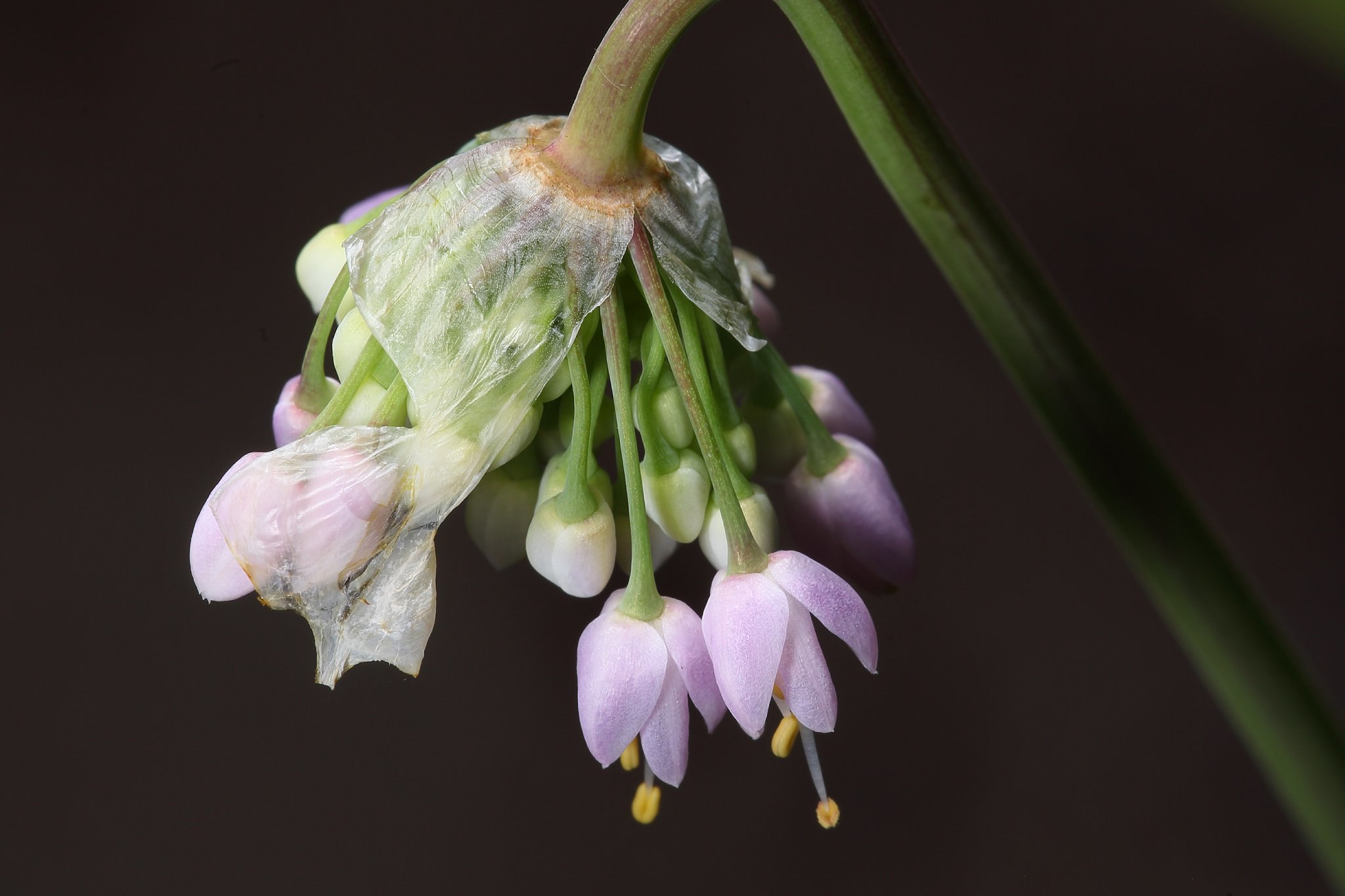
Nodding wild onion V on Flickr
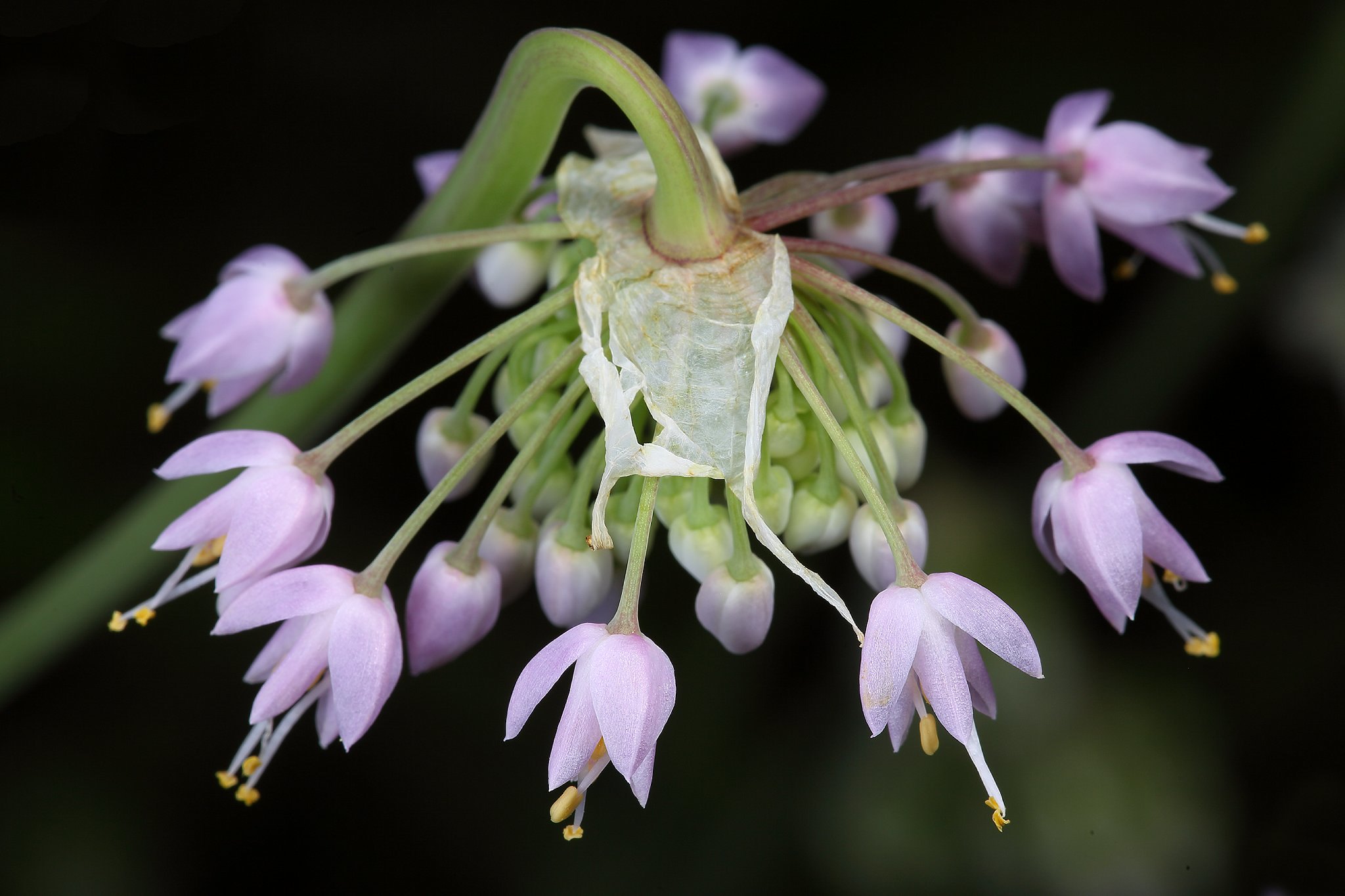
Nodding wild onion VI on Flickr
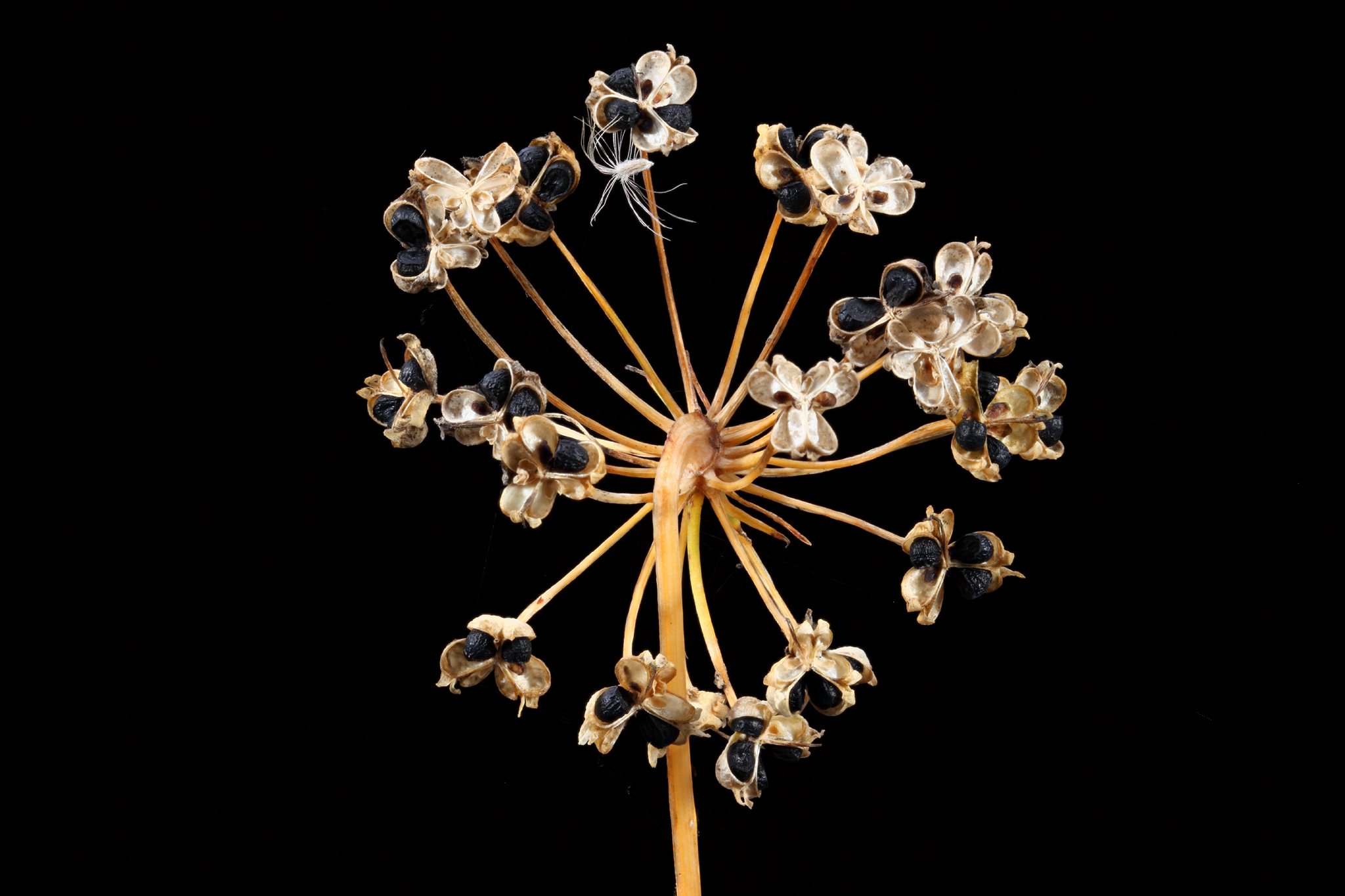
Nodding wild onion VII on Flickr
An interesting historical fact is that the city of Chicago gets its name from the Algonquin Indian name for this plant, chigagou. The massive recently released book Flora of the Chicago Region features a picture of a dense stand of Nodding wild onion stretching to the horizon! The location is not revealed, but the photo is fairly recent.
I wonder if this observer was seeing Nodding wild onion, that at one time occurred in massive stands in the Chicago area:
“The country about Chicago, for the distance of twelve miles from the lake, is mostly a low prairie covered with grass and beautiful flowers. Southwest from the town there is not one tree to be seen; the horizon rests upon the prairie. North, on the lake, is sandy hills and barren. Between there and the north branch is a swampy, marshy place, and there is a marshy place on the south branch. The town stands on the highest part of the prairie, and in the wet part of the season the water is so deep that it is necessary to wade from the town for some miles to gain the dry prairie. Notwithstanding the water standing on the prairie and the low, marshy places, and the dead-looking river, it is considered a healthy place. It has almost a continual lake breeze, which will explain in a measure the healthiness of the place. And another reason is the cleansing of the river water by the winds driving the pure lake water into and then running out again.”
- Colbee C. Benton, 1833
According to the Lady Bird Johnson Wildflower Center: "One of the rarer Carolinian species because of its restricted habitat. It is principally found on Lake Erie islands, the southern most land in Canada." OK...that is interesting. "Carolinian" means the North American hardwood forest zone, although that term is almost exclusively used in Canada.
Nodding wild onion at the USDA website:
https://plants.usda.gov/core/profile?symbol=ALCE2
Nodding wild onion at the Lady Bird Johnson Wildflower Center website:
https://www.wildflower.org/plants/result.php?id_plant=ALCE2
Mike

Nodding wild onion I on Flickr

Nodding wild onion II on Flickr

Nodding wild onion III

Nodding wild onion IV on Flickr

Nodding wild onion V on Flickr

Nodding wild onion VI on Flickr

Nodding wild onion VII on Flickr
Mar 21, 2019 21:06:35 #
Mar 21, 2019 21:09:34 #
Bill_de wrote:
Fantastic series!
I'll bet you didn't do this in a day.
--
I'll bet you didn't do this in a day.

--
Correct.

Mike
Mar 21, 2019 21:36:44 #
Bill_de wrote:
Fantastic series!
I'll bet you didn't do this in a day.
--
I'll bet you didn't do this in a day.

--
David Attenborough does. I've seen it on tv??? £€¥
Mar 21, 2019 21:46:13 #
Mar 22, 2019 01:06:58 #
Mar 22, 2019 01:45:03 #
Bunko.T wrote:
David Attenborough does. I've seen it on tv??? £€¥
His The Life of Birds is the best nature documentary I have ever seen.
Mike
Mar 22, 2019 01:45:41 #
Mar 22, 2019 01:49:34 #
Mar 22, 2019 05:49:32 #
Blenheim Orange wrote:
Here is the cycle from buds to seed for the native... (show quote)
A fantastic series!!!!
Mar 22, 2019 08:47:29 #
Mar 22, 2019 08:53:19 #
Blenheim Orange wrote:
Here is the cycle from buds to seed for the native... (show quote)
Is this the same plant in all photos?
If so how did you identify it?
Mar 22, 2019 09:15:16 #
These are as Good As It Gets in my world. Thanks for all the work you did to capture these over what was probably a week or more. Love them all. Fabulous set and velvety-smooth looking with the soft lighting. So nice to see. Nat Geo needs you talents.
Mar 22, 2019 10:06:56 #
Mar 22, 2019 10:08:58 #
If you want to reply, then register here. Registration is free and your account is created instantly, so you can post right away.









